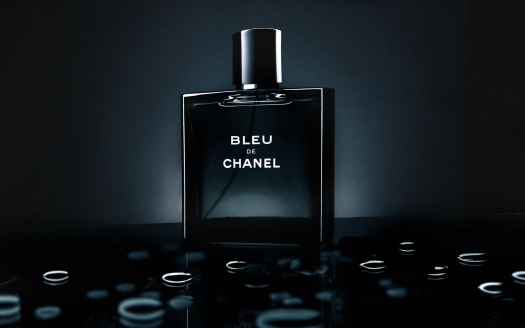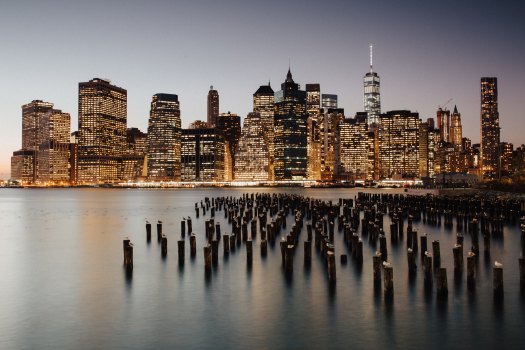This semester has been a great photography experience. I feel like if I don’t have a challenge it is hard to take out my camera out for a trip. However, I’ve had the opportunity to do that this semester and it has been exciting to see how much you can do when you practice.
From portraits to product, there are many different types of photography and each has its beauty. I have to admit I never thought product photography was very interesting before I tried it, but I can now say it is one of my favorites. In fact, I will put more effort into learning product photography because I think it can be very useful in the future.
As for principles, there are a lot of things to take into account when snapping a photo, specially when you think of the many different types of photography that exist. However, the more I learn the more I realize how important light is. Light is truly the element that make the picture what it is. Pictures are nothing more than light captured in by the sensors in our cameras. That is why I think it is a challenge to understand light and it’s qualities, but one that will make me a better photographer.
In brief, I am grateful for this last months and the opportunity I’ve had to learn, and I hope I can continue to do so in this next year.
Just in case you have missed my last posts, here are some of my favorite shots from this last few months:









































